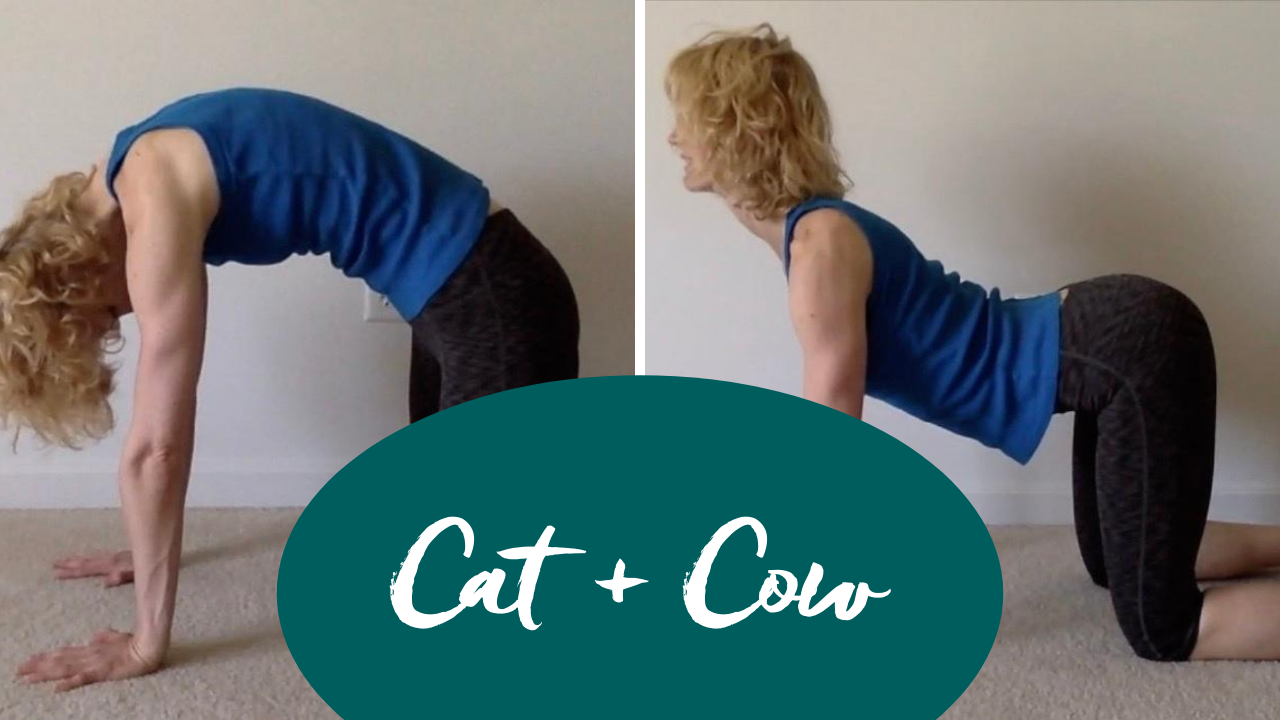How To Progress Your Cat And Cow Exercise
Oct 14, 2020
I bet you're aware that your spine is an important part of your body. Not only is it located along the centerline of the body, but it is the channel for your spinal cord which transfers all electrical nerve impulses from the brain into the organs and muscles.
Chiropractic recognizes this and bases its success in treating patients with diverse health issues. By realigning the vertebrae and other joints, the nerve impulses can travel more freely and without interruption. All vital processes can happen more easily with fewer roadblocks and we'll have more energy.
“If your spine is inflexibly stiff at 30, you are old;
if it is completely flexible at 60, you are young.”
~ Joseph Pilates
Seen from a movement-focused point of view, if the spine can't move freely, then other joints that are towards the periphery of the body (shoulders, hips, knees, etc.) have to become excessively mobile to make up for the lack of movement in the spine.
On the other end of the spectrum, if (parts of) the spine are too mobile, then they can't provide enough stability for our daily habits, such as lifting something heavy. Other parts of the body (shoulders, hips, knees, etc.) will have to create extra tension around them to help stabilize the body somehow.
Luckily, there's an exercise for this. A very common exercise to create more mobility in the spine is the Cat, or sometimes called Cat and Cow (or Cat and Camel, or Cat and Dog, I think I even hear Cat and Horse). Pick your animal! 🐕🐪 🐎🐄 😀
The cat part is where you round your spine (flexion).
The cow (or camel) part is where you arch (hollow) your back (extension).
If you're familiar with this movement and have practiced it often, here is a way to progress the exercise:
When you shift your weight back while keeping the rounding in your spine, you'll get a much better abdominal scoop, that awesome hollowing of your abdominal wall as well as an amazing stretch for your back.
When you shift your weight back while keeping the arch in your back, then you'll activate and strengthen and the muscles of your spine.
I usually alternate, performing one repetition with flexion and the next with extension.
"You are as old as your spine."
~ Chinese Proverb
You can take what you've learned in these videos even further, and use it to Stabilize Your Spine in a Plank Position.
Further,
Now I want to hear from you.










